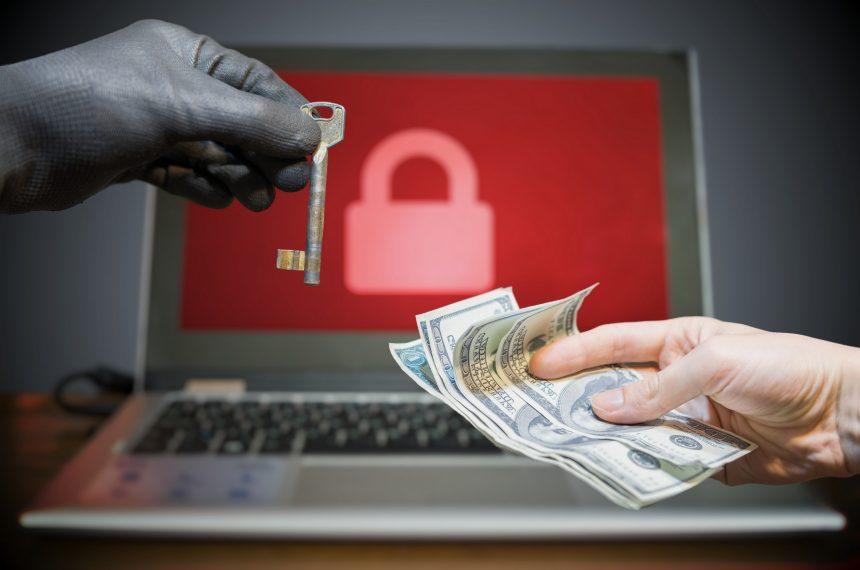In the ever-evolving landscape of cyber threats, PatchWorkApt emerges as a formidable ransomware variant based on Chaos. This malicious software employs advanced encryption techniques to render files inaccessible, leaving victims grappling with the aftermath of compromised data. This article delves into the actions and consequences of PatchWorkApt, provides insights into the ransom note it generates, offers threat detection names, and outlines preventive measures to thwart future infections.
Actions and Consequences of PatchWorkApt
- File Encryption Mechanism: PatchWorkApt utilizes the AES-256 encryption algorithm to lock files on the infected system, appending a string of random characters to filenames, resulting in the loss of file accessibility.
- Ransom Note (“look_this.txt”): The ransom note delivered by PatchWorkApt informs victims about the encryption of their network, asserts the exclusivity of the decryption key, and warns against attempting recovery without the group’s assistance.
- Financial Extortion: The attackers behind PatchWorkApt focus on financial gain, urging victims to establish contact via provided email addresses (patchworkapt@tutanota.com and patchworkapt@msgden.net) to negotiate ransom terms for file decryption.
Detection Names and Similar Threats
PatchWorkApt is detected by security tools under various names, including Avast (Win32:RansomX-gen [Ransom]), Combo Cleaner (Generic.Ransom.Small.1BA8C224), ESET-NOD32 (A Variant Of MSIL/Filecoder.Chaos.C), Kaspersky (HEUR:Trojan-Ransom.Win32.Generic), and Microsoft (Ransom:MSIL/FileCoder.YG!MTB). Similar threats include 3000USDAA, Karsovrop, and Abyss.
Removal Guide for PatchWorkApt
- Isolate Infected Systems: Disconnect the infected computer from the network to prevent the ransomware from spreading further.
- Do Not Pay Ransom: Refrain from paying the ransom, as there is no guarantee of file recovery, and it supports cybercriminal activities.
- Scan and Remove Malware: Use reputable anti-malware tools to scan and remove PatchWorkApt and associated threats from the infected system.
Best Practices for Preventing Future Infections
- Exercise Caution with Email Attachments: Avoid opening email attachments from unknown or suspicious sources, especially those containing macros.
- Regularly Backup Important Data: Maintain regular backups of critical data on offline or cloud storage to facilitate recovery without succumbing to ransom demands.
- Keep Software Updated: Regularly update operating systems and software to patch vulnerabilities and reduce the risk of exploitation.
- Educate Users: Raise awareness among users about the dangers of downloading files from untrustworthy sources and the importance of practicing safe browsing habits.
Conclusion
PatchWorkApt exemplifies the relentless evolution of ransomware threats, underscoring the critical need for robust cybersecurity practices. By understanding its actions, avoiding ransom payments, and implementing preventive measures, users can fortify their defenses against such malicious software. Proactive measures, coupled with user education, remain essential in navigating the digital landscape securely.





